How to pack efficiently for a trip?
Efficient packing for a trip starts with having the right luggage. A lightweight, hard-sided carry-on suitcase with spinner wheels makes maneuvering through airports a breeze. The smaller size reduces overpacking and forces you to be selective with your items.
Once you have the right luggage, follow these tips for efficient packing:
- Make a packing list. Identify everything you will need for the trip and check items off as you pack them. A list prevents forgetting essentials.
- Roll clothes instead of folding. Rolling clothes maximizes space and minimizes wrinkles.
- Pack clothes that layer. Choosing pieces that pair together in layers means you can mix-and-match outfits from a small selection of items.
- Put heavier items at the bottom. Pack shoes and toiletries on the bottom of the suitcase so it maintains balance while wheeled around.
- Utilize interior pockets. Use mesh pockets and elastic bands to store socks, underwear and other small accessories.
- Pack only what you need. Avoid overpacking by laying outfits out before packing and excluding pieces you realistically won't wear.
- Wear bulkiest items while traveling. Wear heavy jackets, boots and bulky accessories rather than packing them.
Following organization methods like rolling, layering and making a list allows you to fit more in your suitcase. Pack only essentials by carefully evaluating your itinerary. With an efficient packing strategy, you can avoid checking bags and breeze through travel days.
Top products in 🔒 Luggage Locks


19 Review

How to avoid overpacking when traveling?
Overpacking leads to stuffed suitcases that are heavy to transport and costly if over airline weight limits. Avoid overpacking with these tips:
- Make a packing list
- List everything you think you need for the trip
- Cross off non-essentials as you review the list
- Stick to the pared down list when packing
- Limit yourself to carry-on luggage
- Use a carry-on suitcase or backpack
- Restricting space forces minimalism
- Roll clothes
- Rolling avoids bulky folds and maximizes space
- Fit more in less space
- Layer outfits
- Pack pieces that coordinate for layered looks
- Mix-and-match fewer items
- Use packing cubes
- Organize categorically - shirts, pants, etc.
- Consolidate like items to see how much space they take
Avoiding overpacking takes planning and discipline. Making a list, limiting luggage size, efficiently packing clothes and employing organization tools ensures you only bring the essentials.
How to keep belongings secure while traveling?
Traveling with valuables requires vigilance against theft. Use these tips to keep belongings secure during trips:
- Use TSA-approved locks
- Lock zippers together on luggage
- Deters quick grabs or rummaging through suitcases
- Keep items close
- Never let bags out of sight in public
- Keep purse, wallet, phone secure on your person
- Conceal and distribute valuables
- Hide wallet in interior jacket pocket or front pants pocket
- Stow cash, cards, ID in different places as backups
- Leave irreplaceable items at home
- Avoid carrying sentimental jewelry, heirlooms, etc.
- Cannot be replaced if lost or stolen
- Back up important documents
- Scan or photograph passport, itinerary, etc.
- Email to yourself as backups accessible if originals lost
With awareness and precautionary measures, you can avoid becoming the victim of theft while traveling. Take steps to physically secure belongings in transit and have contingencies if items are lost.
How to maneuver and transport luggage easily?
Navigating airports and train stations with luggage in tow can be cumbersome. Make it easier with these tips:
- Use a suitcase with spinner wheels
- Rolls smoothly in any direction
- Makes weaving through crowds simple
- Choose a luggage handle that adjusts
- Extend to comfortable height to avoid strain
- Retract when storing in overhead bins
- Pack strategically
- Place heavy items on bottom for stability
- Evenly distribute weight to avoid imbalance
- Wear luggage if possible
- Use backpack for hands-free mobility
- Sling duffel bag across body to stop it slipping
- Label luggage prominently
- Mark inside and out with contact details
- Eases identification at baggage claim
- Avoid checking bags
- Prevents waiting at carousels and lost luggage
- Carry-on rolling suitcase optimal for mobility
Choosing luggage designed for easy transport along with smart packing and carrying techniques helps you smoothly navigate travel with bags in tow.
How To Choose The Right Luggage Lock For Your Needs?
Choosing the right luggage lock for your needs can be a daunting task, but here are some tips to help you make the right decision:
Similar products
What Are The Different Types Of Luggage Locks Available In The Market?
There are several types of luggage locks available in the market. Here are some of the most common types:
It's important to note that not all locks are TSA-approved, so be sure to look for the TSA-approved notation or red triangle symbol when purchasing a lock. TSA-approved locks are specially designed to allow TSA officers to open your luggage if needed for inspection without damaging the lock or your luggage.
Another interesting products
What Are The Pros And Cons Of Using A Combination Lock For Luggage?
Pros:
Cons:
It's important to note that not all combination locks are created equal, and some are more secure than others. When choosing a combination lock, look for one that is TSA-approved and has good reviews from other travelers.
What Are The Alternatives To Combination Locks For Securing Luggage?
Here are some alternatives to combination locks for securing luggage:
It's important to note that not all locks are TSA-approved, so be sure to look for the TSA-approved notation or red triangle symbol when purchasing a lock. TSA-approved locks are specially designed to allow TSA officers to open your luggage if needed for inspection without damaging the lock or your luggage.





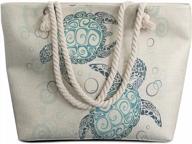

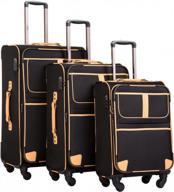
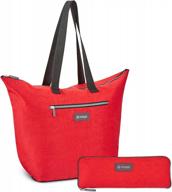
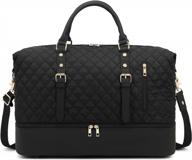
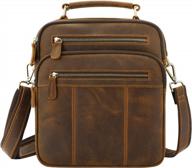
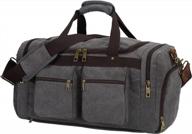
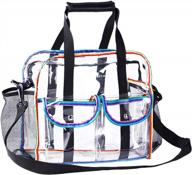
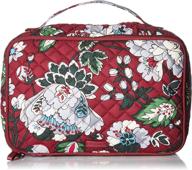

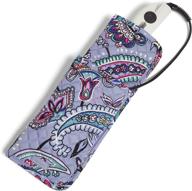
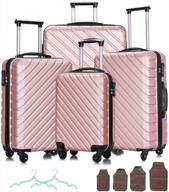

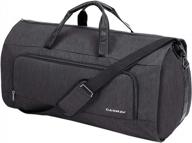
![🔒 ultimate protection: pacsafe backpack protector silver in size [specified] logo](https://images.revain.org/blob/revain_storageg8p223m4_ca6cf85662@128x128.jpg)